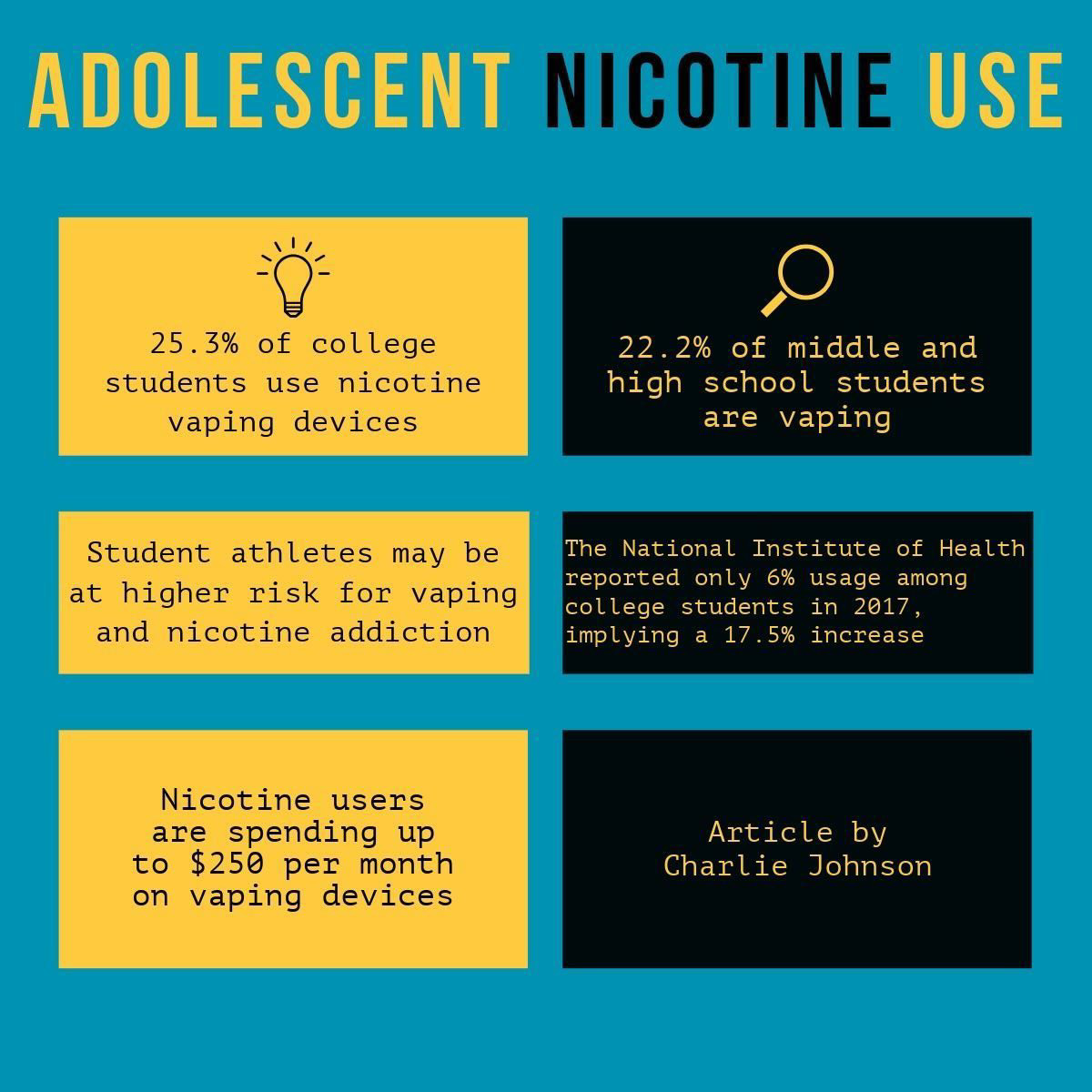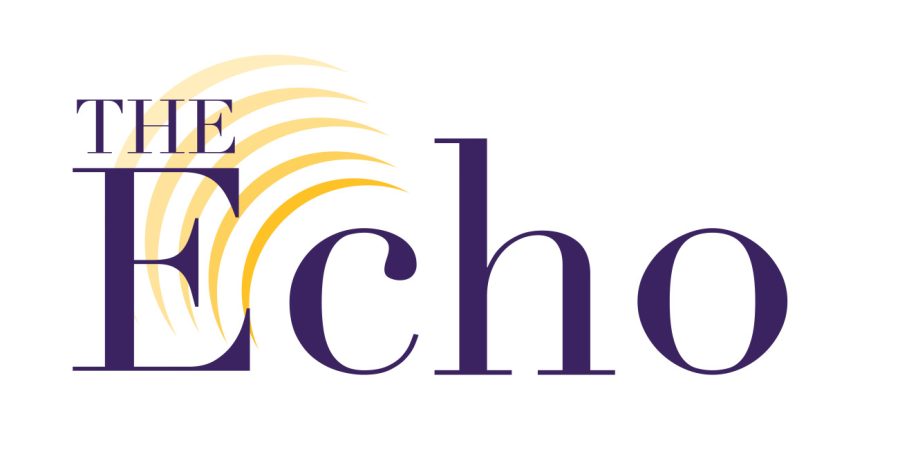California Lutheran University is now a Hispanic Serving Institution. Being a Hispanic Serving Institution means that at least 25 percent of the students enrolled at the university identify as being Hispanic, a benchmark first reached in 2013-2014.
“Currently 27 percent of our undergraduate students self-identify as Hispanic. Twenty-five percent of all students, undergraduate and graduate, self-identify as Hispanic” Andrea Cruz, research specialist in the Educational Effectiveness and Institutional Research department, said.
The number of Hispanic-serving institutions is growing but Latino student enrollment is still concentrated in a small number of colleges. According to a press release from Cal Lutheran, 13 percent of the country’s colleges currently hold the designation. Most of the 435 institutions are public colleges. Less than one-third are private nonprofit colleges like Cal Lutheran. They are split about equally between two- and four-year institutions.
According to a press release from Cal Lutheran, the university’s Latino population has grown substantially since 2006, when Latinos made up only 14 percent of undergraduates.
“The university’s growing Latino enrollment is partly a result of the changing makeup of the surrounding area,” Matt Ward, Vice President of Enrollment Management and Marketing said, “As we recognized the demographic shift in our market, we have become more intentional about growing Hispanic enrollment through focused outreach.”
There are two types of educational grants available once a school is recognized for being an HSI, a Title III and a Title V grant. The Title V grant allows a school to expand educational opportunities and improve the attainment of Hispanic students.
“The US Department of Education has a very specific definition that says whether or not you can apply for this funding,” Cruz said, “A university needs to have a full-time equivalent enrollment of undergraduate students that is at least 25 percent Hispanic students and not less than 50 percent of all students are eligible for need-based Title IV aid.”
Cruz is a part of the Title V Grant Core Team which includes other faculty and administrators.
“This task force discussed how best to serve a changing student population and whether Cal Lutheran should pursue HSI grants, researched what kind of grants were available and discussed the potential benefits to the overall campus community, ” Ward said.
“Currently Cal Lutheran is applying for an HSI STEM grant that is $100 million disbursed within five years. If we received funding, we will be able to have more programs for all students in STEM.”
“If we do receive the grant it will provide more opportunities to help students succeed at Cal Lutheran,” Cruz said, “although it is an HSI fund, the money must be used for all students not just Hispanic students”.
The money will go toward programs to help the growing demographic of Hispanic students, which is expected to grow to 40 percent by 2020 according to a press release from Cal Lutheran.
“The Hispanic student population has been growing tremendously in colleges and universities, but we also know that they do not perform as well academically as other students,” Cruz said. “The majority of them are first generation or low income students. That is why as educators we must find ways to help them. Having a Title V grant is one way.”
Coral Hasley
Staff Writer
Published February 24th, 2016








